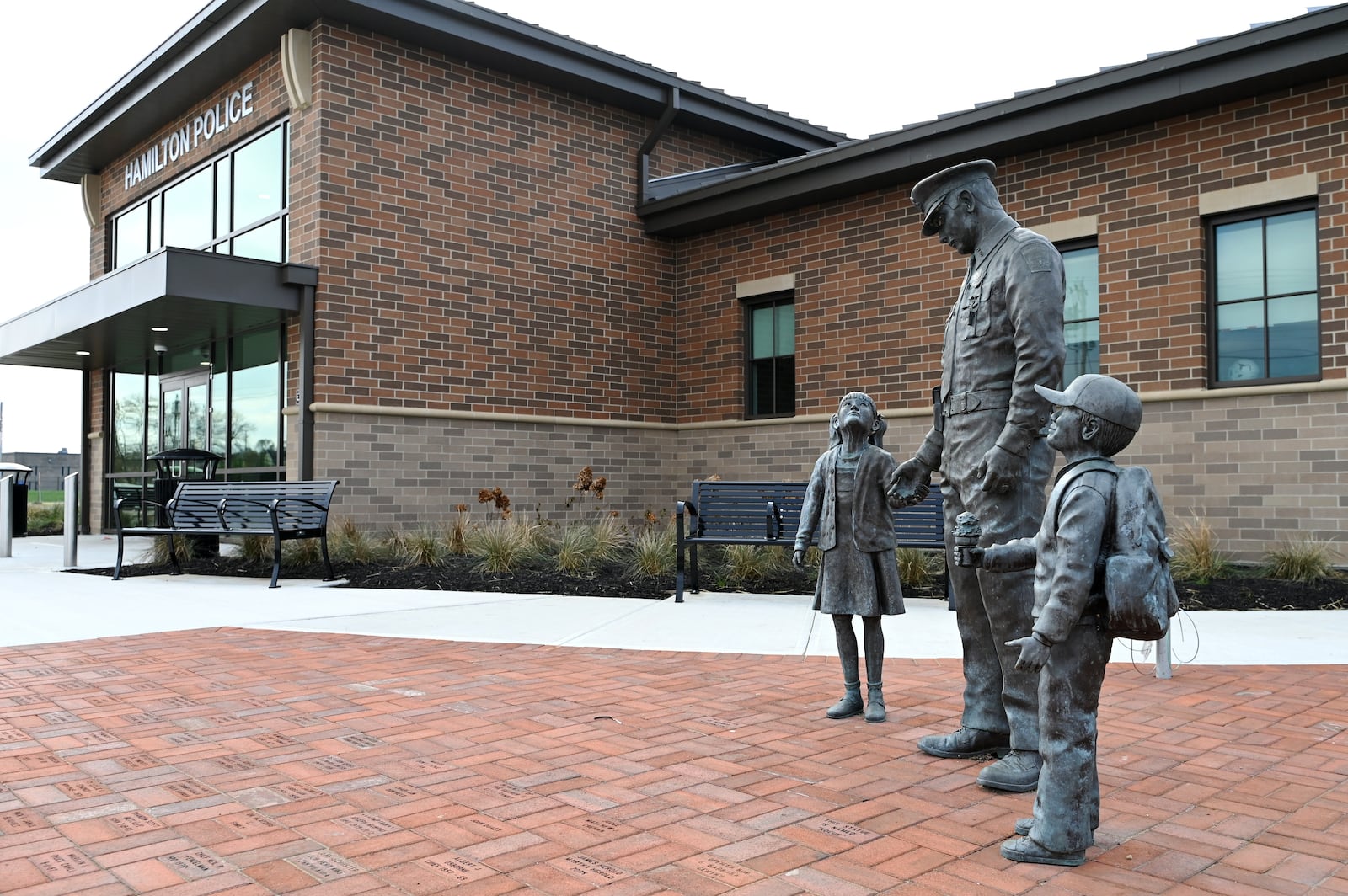The financing will be completed through the Ohio Market Access Program, or OMAP, a credit enhancement program through the state treasurer’s office. And the locked-in rates, the city will essentially be borrowing this money for free, said Finance Director Dave Jones.
“We’re proposing a tax-exempt deal in the low 3% range. We’ve had great rates on this for many years. Currently, we’re earning more than 4% interest on the money,” he said.
While it can be viewed as tax-free, no-interest money, the city legally can’t keep it and would have to refund any proceeds to the IRS, Jones said.
Hamilton has a credit rating of A1, or the fifth-best rating by Moody’s, a global credit rating agency. A1 is the highest “upper-medium grade” for Moody’s.
Credit: Michael D. Pitman
Credit: Michael D. Pitman
OMAP is designed to lower borrowing costs on short-term notes issued by schools, cities and local governments in the state, and “leverages the state’s high short-term credit rating to help improve market access and lower borrowing rates for local governments,” according to the treasurer’s office.
The state launched OMAP to capitalize on Ohio’s “excess liquidity” of cash reserves to help local governments and school districts get competitive interest rates.
“In the wake of the global financial crisis, local government public finance professionals across Ohio expressed concerns to the treasurer’s office about the rising cost of market access, especially for small and infrequent issuers,” according to the treasurer’s office.
The OMAP is a credit enhancement program that reduces of local government debt issuances.
“The city will re-evaluate their options based upon market conditions in 2026. This financing strategy has historically been used when long-term interest rates have moved higher.”
The one-year BAN will mature in December 2026, which Jones said allows the city time to finalize project costs and evaluate interest rates before making decisions on long-term financing.
The supported projects include the new Criminal Justice Center, roadway and infrastructure enhancements, improvements to the RiversEdge Amphitheater, and major upgrades to the stormwater, wastewater and water systems.
The city will reassess long-term financing options next year based on market conditions, Jones said. If rates keep “ticking down,” as they have been, he said, “Maybe we can go to permanent financing on some of the things we’ve completed. But right now, this seems to be our best option.”
About the Author


